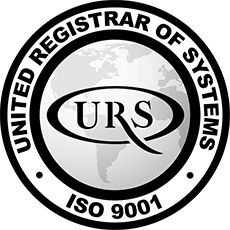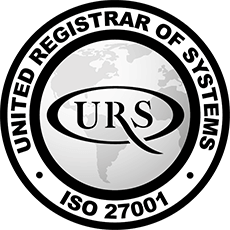We live in a world where vast amounts of information is accessible at the click of a finger, and it’s something to celebrate. That doesn’t mean there isn’t an appeal to watching or reading exclusive content every now and then – something not just anyone can read. Enter gated content, a way for your business to make customers feel valued while encouraging them to buy more products or services from your company.
But how does gated content work, and is it the right marketing method for your business?
What is gated content?
Gated content involves you giving customers and potential customers valuable information in exchange for their name, email address or other contact information. The type of content can vary, but it’s usually in longer form, like reports, product demos and case studies.
Essentially, gated content is used as a lead generation tool and asks a prospect to hand over specific information for content. Around 80% of B2B content is gated, though it’s not as common a theme in the B2C world.
What’s the difference between gated content and a paywall?
It’s easy to get gated content and paywalls mixed up, but they’re not the same. A paywall usually requires the customer to part with money in exchange for a piece of content. A growing number of papers are reverting to paywall status online, such as The Times and The Telegraph.
Gated content, on the other hand, doesn’t require you to spend any money. Most content marketers who create gated content ask for an email address so they can reach out to that contact and see if they would be interested in a product or service.
Why is it good for merchants?
Even if your audience is primarily B2C, you can still benefit from gated content. It can be a powerful tool that allows you to get information like email addresses from customers. You can then use that info to craft a messaging architecture (usually via emails) that converts them into paying customers.
If a shopper is willing to part with their email address to read or watch your content, then there’s a stronger chance they might be interested in buying your products or paying for your service.
While contact details from gated content don’t qualify as a hard lead, they are warmer than if you were to reach out without any previous communication.
Considerations for effective gated content
High-quality gated content can help you build your pipeline and drive demand generation. But for it to work, the content needs to be deemed sign-up worthy, whether the customer is giving up their email address, phone number or signing up for something.
Customers aren’t naive; they know they’ll be added to some form of email list. Therefore, you need to ensure that you’re meeting their needs head-on with gated content that gets them excited about relinquishing their details.
Think about the buyer’s journey and what stage they’re at: awareness, consideration or decision. The type of content you create will be influenced by their own stage when it comes to interacting with your brand.
Pros and cons of gated content
Pros
- Increased lead generation which produces more sales
- Gives you more analytics and insights about shoppers
- Allows for email list segmentation
Cons
- Fewer page views and traffic
- Zero SEO benefit or boost
- The form deters people from downloading content
- Not as much brand visibility.
Different types of gated content
- Ebook/white papers
- Infographics
- Case studies
- Videos
- Templates
- Webinars
What sort of content should you create?
All of the above. Essentially, you want to try as many methods as possible to find a winning strategy with your gated content. A report/white paper is always a good starting point if you have something specific to say about the industry you operate in.
If you service B2C customers, a good starting point might be a webinar answering questions about your products and services. Ultimately, you want to offer content that your audience will find interesting and useful and therefore be willing to sign up to access.
Also, think about using teasers and then getting customers to upgrade to see the rest of the content. For example, you can give them the first chapter of an ebook but ask them to sign up to read the rest. You’re essentially dangling a carrot to get them interested, using a teaser in the hope that they’ll upgrade to reading the full piece of content.
Unlock the gates
Using gated content can help you acquire more customers as long as it provides valuable information they can act on. If you’re committed to creating a great piece of content with plenty of information, then making it gated could be the right way to win more customers and enhance your company’s profile as thought leaders and the go-to brand in your industry.







